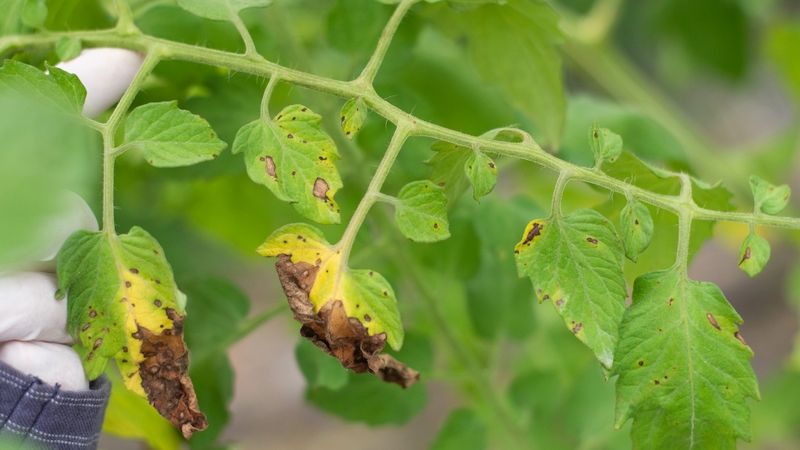Opinion: Bring The Heat On Ag Labor

The dog days of summer bring hot temperatures. Likewise, the American Farm Bureau Federation (AFBF) recently asked its members and others for a grassroots campaign to “Bring The Heat” to lawmakers on important issues including the farm bill, ag labor, and waterways infrastructure.
The campaign included several promotions and a social media push to get the word out on the importance of these issues to agriculture. Representing less than 2% of the U.S. population, farmers’ interests are increasingly being pushed aside. Failure to pass a farm bill is a prime example of this falling influence. So, these sorts of grassroots campaigns are going to become more important in the future. Part of efforts like these also will try to educate the larger public why supporting agriculture is important. Hint — no farmers, no food.
As part of the “Bring The Heat” labor campaign, AFBF aired a video featuring South Carolina peach grower Chalmers Carr, who told his story and troubles sourcing labor through the H-2A program. His story is like many specialty crop growers here in Florida and across the nation.
Carr noted that labor is by far his biggest expense, accounting for 40% of his production costs. Any peach grower knows that hand labor is your only option in growing and harvesting peaches. And, it takes a lot of hands.
Critics bash agriculture for not paying workers enough and tapping into undocumented labor to somehow cheat the system. Ask any growers who are getting sued or has the Feds coming down on them whether they would prefer to hire Americans or not. Critics counter, just pay more and the Americans will work.
Carr does pay more at a wage of $9.78 per hour, compared to the $7.25 national minimum wage. The past two years, he advertised for more than 2,000 jobs on his farm. He had 600 Americans (or locals) apply for the work. That is about a third of what he needed. It turns out, only 15 of those locals took the jobs and stuck with them until the end.
“How can I pick these crops with 15 workers?” Carr asked. He can’t, which illustrates why an ag visa program that is workable is so important to agriculture. I suspect if he had paid $15 per hour, the results would not be much different. For better or worse (worse I think), our society has gotten too soft for this hard work.
Agriculture has warned for years that eventually the consequences of this broken system would result in crops going to waste in the field. Immigration reform opponents and urban folks who simply don’t understand scoffed at these warnings as fear mongering.
Well it is happening now. In Florida this past season, there were reports of crops going unharvested. Georgia’s get-tough immigration law passed a couple of years ago is tough alright, costing growers hundreds of millions in losses due to labor shortages. This season, one of Ohio’s largest tomato growers closed up shop early because he couldn’t get workers. It is happening across the country.
We are getting to a place where the American public has three choices: 1) support a workable ag visa program; 2) be willing to pay a whole lot more for their fruits and vegetables; or 3) accept that most of our produce will be imported. These are real choices with real consequences.
I hope you have brought the heat and let your lawmakers know how important it is that something is done when it comes ag labor. Keep the burners up and be a voice on behalf of U.S. agriculture’s importance to the larger public as well.









